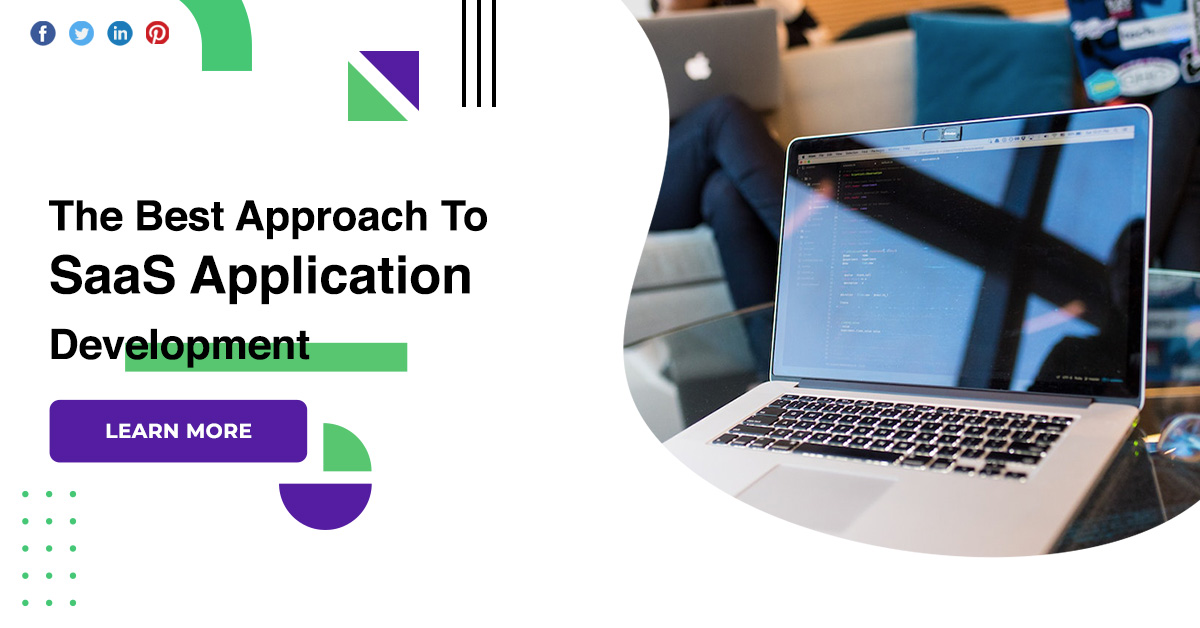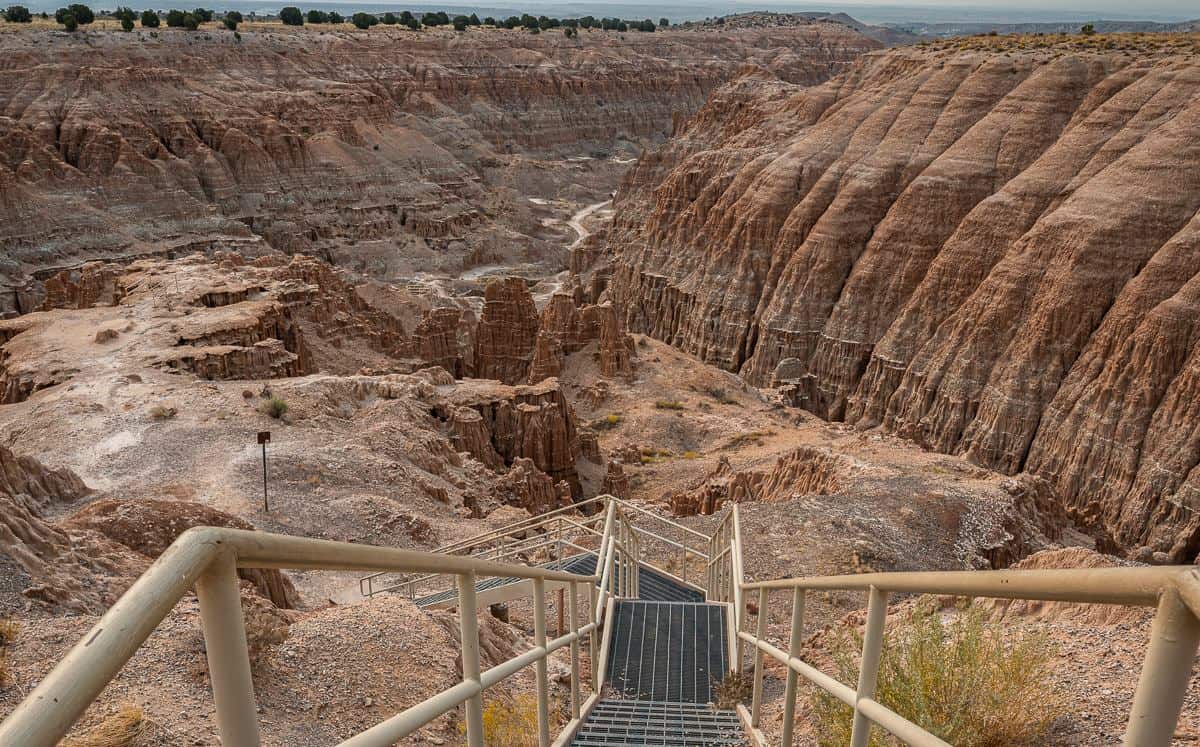A month ago, if you had asked me which tech platforms would play a major role in the 2024 presidential campaign, I might have said TikTok or Facebook. I might have said YouTube. I may have even theorized that X would still play a role despite its hard-right turn under Elon Musk’s ownership.
What I wouldn’t have guessed is that this year’s breakout campaign tech would be Zoom — the unassuming videoconferencing app made famous during the pandemic and kept aloft since then by legions of remote workers dialing into meetings.
Zoom was not built for grass-roots political organizing. But over the past several weeks, it has become a critical piece of campaign tech for Democrats hoping to elect Kamala Harris. Star-studded Zoom rallies have drawn hordes of viewers, raised tens of millions of dollars and given enthusiastic Democrats an easy way to get involved.
“The feeling a lot of people have about politics today, I haven’t seen anything like it since 2008,” said Ross Morales Rocketto, the organizer of a “White Dudes for Harris” call last Monday night that drew 60,000 attendees and raised more than $4 million.
I listened in on that call, which ran to nearly three and a half hours and featured remarks from prominent Democratic elected officials, activists and celebrities. Jeff Bridges was there, as was Bradley Whitford from “The West Wing,” who memorably compared the speakers list to a “rainbow of beige.” I also viewed replays of several other Zoom rallies that were posted on YouTube after the fact.
There’s a raw, unpolished feel to these meetings that I think helps explain their popularity. Most of the speakers aren’t dressed in suits and reading from prepared remarks; they’re ad-libbing into grainy webcams in their garages and home offices, often framed by terrible lighting and occasionally interrupted by their pets.
The mood in the meetings I saw was joyful and optimistic, not preachy or grim, and the tech glitches (Mark Hamill struggling to unmute himself) and glimpses of domestic normalcy (Lance Bass from ’N Sync earnestly praising the Harris campaign while his children played in his living room behind him) only added to the feeling of authenticity. The overall vibe was less corporate strategy meeting, more chaotic pep rally.
The first big pro-Harris Zoom event was held two weeks ago, just after President Biden declared he was dropping out of the race. That night, a group called “Win With Black Women” — which had been holding a weekly Zoom call since 2020 to discuss current events and issues affecting Black women — met to discuss Vice President Harris as his replacement.
Typically, between 150 and 200 people attended these weekly meetings, Holli Holliday, one of the group’s founders, told me. But that night, thousands of Harris supporters poured in after seeing the link on social media. In total, roughly 44,000 people attended, raising over $1.5 million for the campaign.
The success of that meeting inspired other pro-Harris affinity groups to organize their own events. In the past week, there have been Zoom rallies for white women, Black men, Latino men, South Asian men and women, veterans and military families, L.G.B.T.Q. voters, disabled voters and others.
Some of these rallies have been so popular that they strained Zoom’s technical limits. One meeting, “White Women: Answer the Call 2024,” ground to a halt when more than 100,000 people logged on, exceeding the cap for even the largest corporate Zoom accounts.
Attendees’ screens went dark as organizers got in touch with Zoom to ask for help, according to Shannon Watts, a leader of the group, who posted the company’s reply on X.
“You broke Zoom,” it read, “as we have never had to expand registration to allow over 100,000.” The company’s engineers eventually raised the group’s cap to 200,000 registrants, and the call proceeded as scheduled.
(The organizers of “White Dudes for Harris” got around Zoom’s limitations by simultaneously streaming their event to YouTube, and inviting people to watch it there.)
Though it’s still the Kleenex of videoconferencing, Zoom has had a rocky ride since the pandemic. The company’s stock market value fell from a pandemic-era high of roughly $160 billion to around $18 billion today, as workers returned to the office and competitors like Google Meet and Microsoft Teams strengthened their products.
Given its struggles, you might expect Zoom to enjoy its turn in the political spotlight. But the company has stayed quiet about the recent wave of mega-rallies — fearful, perhaps, of seeming too supportive of the Harris campaign. (The company’s press office did not respond to requests for comment.) It’s also unclear whether all this attention from political groups will be good for its bottom line, since nonprofits and charities normally receive a discount on subscriptions.
You may also be wondering: Why now? Wasn’t 2020 the year of Zoom?
Well, Zoom did, in fact, play a minor role in the 2020 campaign. Both President Donald J. Trump and Mr. Biden appeared at virtual fund-raisers and held video calls with their supporters during that race.
But Zoom and other videoconferencing apps weren’t capable of hosting stadium-size gatherings back then, and campaign staffs were fearful of being Zoombombed — the unfortunate Covid-era prank in which vandals would raid a Zoom meeting and share vulgar or pornographic material. (Zoom has since added security features to deter Zoombombing.)
But the biggest factor, organizers told me, is that by this point in the 2020 campaign, nobody felt like going on Zoom anymore.
“People were Zooming all day for work — they didn’t want to come together as activists at night,” Ms. Watts said. “It’s such a difference now because people are feeling joy about it.”
Granted, these rallies aren’t everyone’s cup of tea. Some conservatives have dismissed them as group therapy sessions for liberals, or snickered at video clips of Harris supporters using progressive buzzwords. (Others have gone farther; on X, Donald Trump Jr. said that “White Dudes for Harris” should have been called “Cucks for Kamala.”)
But this reaction only raises the question: If Zoom rallies are so effective, why aren’t Trump supporters holding them, too?
Eric Wilson, a Republican campaign technologist who led Senator Marco Rubio’s digital team during his 2016 presidential run, told me that Republicans’ resistance to Zoom rallies stemmed from the pandemic, when virtual meetings became associated with Democrats who were afraid to leave their houses.
”Everyone on our side wanted to be in person,” he said. “Unfortunately, you had this reaction against the idea of doing things on Zoom that discounts whether it’s effective or not.”
Mr. Wilson said he hoped Republicans would learn from the success of the pro-Harris Zooms and start hosting their own virtual fund-raisers. But he said the phenomenon might not be repeatable.
“It’s a national campaign, it’s on a compressed timeline, and so it’s working well for them,” he said. “I don’t know if this is a trend that’s going to spread to other campaigns.”
On that, he and Mr. Morales Rocketto — the “White Dudes for Harris” organizer — agreed.
“I have no idea,” Mr. Morales Rocketto said, when I asked if Zoom rallies would become a permanent fixture of presidential campaigns. “We could be doing this for the next 30 years, or it could be a really specific moment in time.”











.png)









Discussion about this post